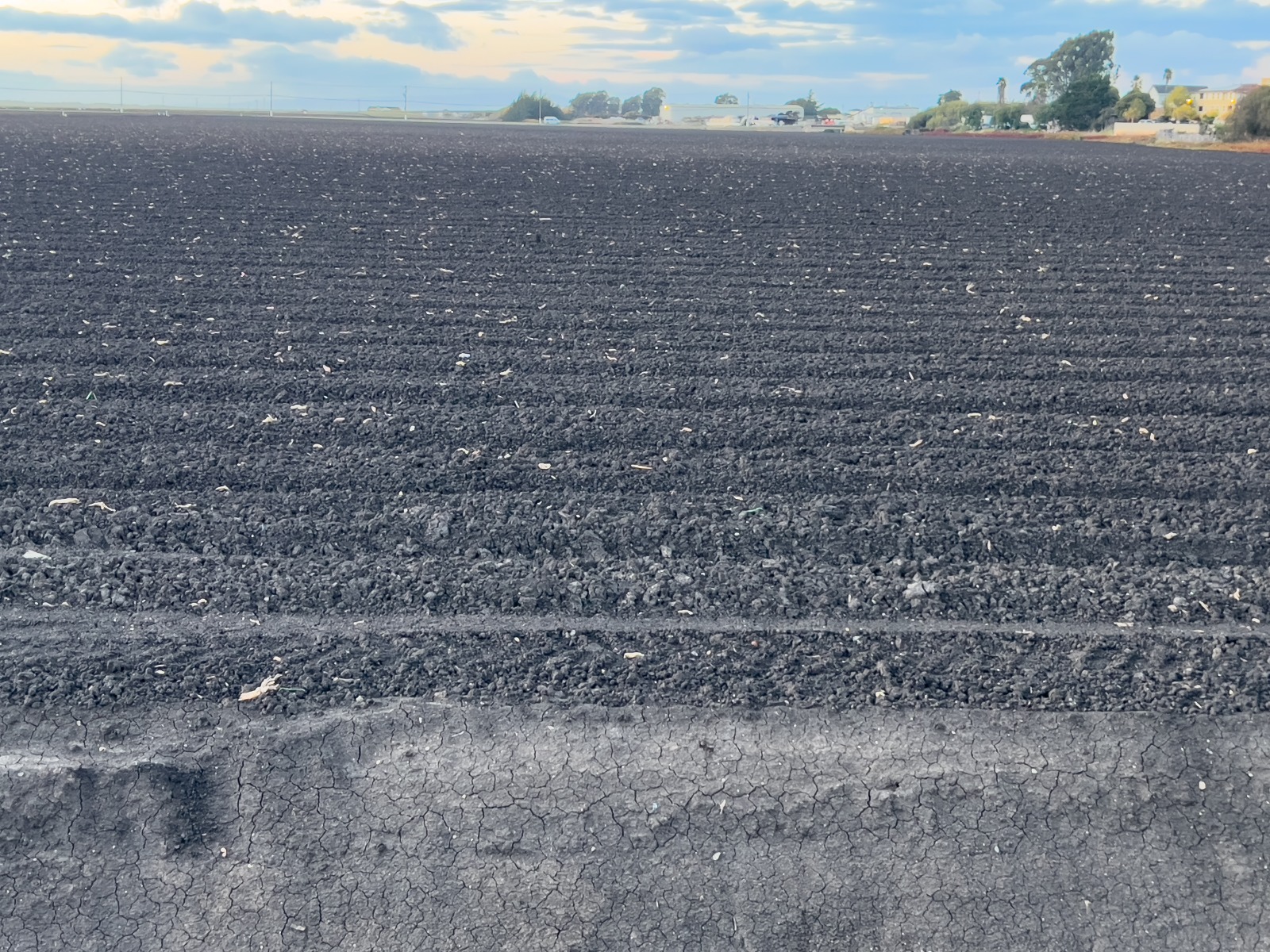
By Ruth Dusseault. Bay City News.
Oddly enough, it is difficult to find a job that fights in the era of climate change. But the organic farming industry is one place where a person can make a living making a difference.
Food systems account for 20 to 30 percent of global greenhouse gas emissions, according to
